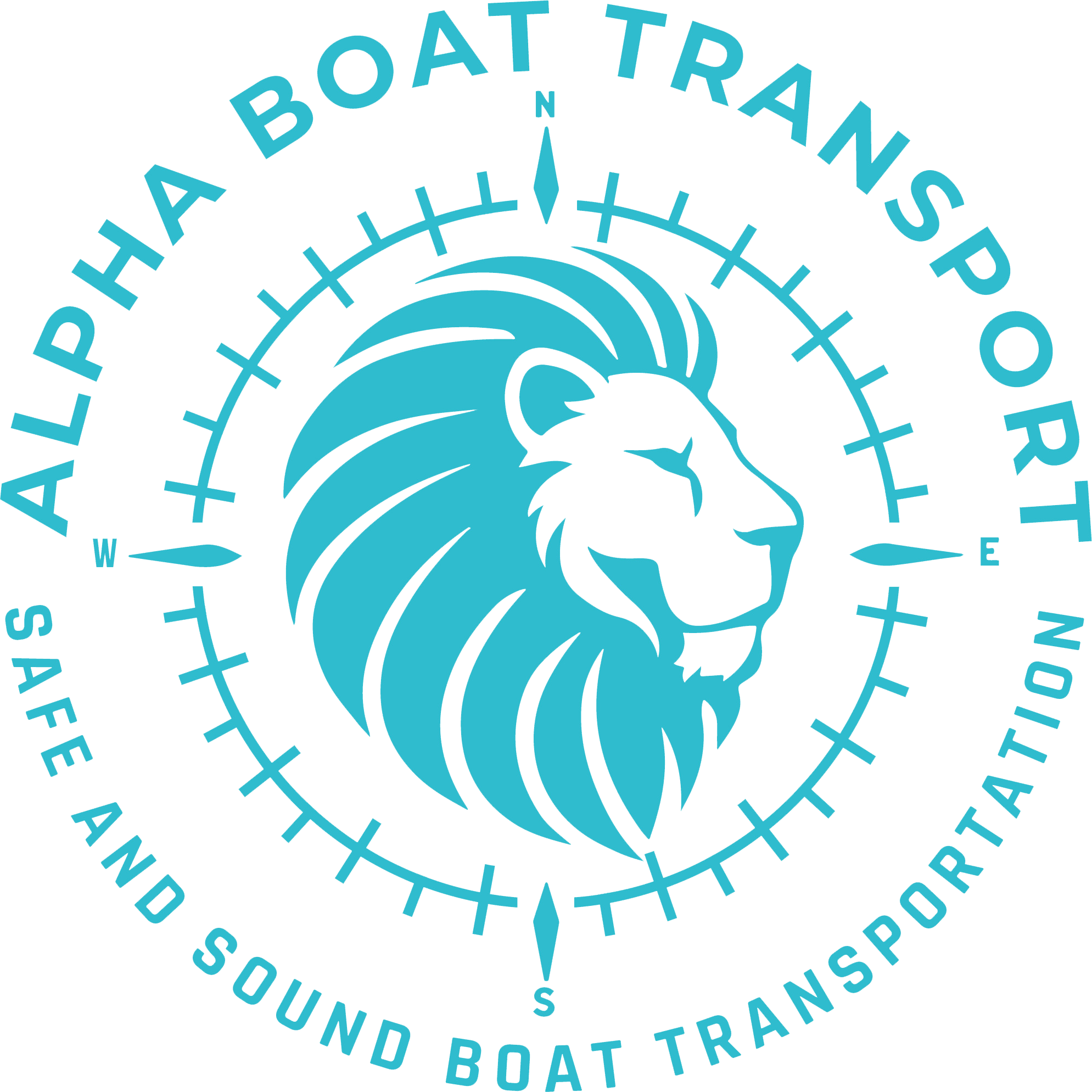Surprise Roadblocks: Why 2025 Isn’t Smooth Sailing for Oversize Boat Owners
Picture this: You’re towing your 35-foot beauty down I-95, headed to your winter slip in Jupiter, Florida. Outta nowhere—BOOM—you’re stopped at the Georgia border. Why? Some brand-new oversize load rule you didn’t hear about slapped your transport plans sideways. You wouldn’t be the first.
According to a sobering deep dive from Marine Insight, yacht transport by ship has long been the go-to for international runs. But here in the States? A massive shift in domestic boat transport is rattling the trailer tires.
Over 60% of U.S. states in 2025 are tightening the screws on oversize load permits—targeting vessels wider than 8.5 feet, with Florida and Alabama leading the charge. And let me tell you, these rules feel less like regulations and more like an insurance-voiding ambush for anyone not reading the fine print.
Let’s break it down—because trust me, this affects more than just yacht brokers and transport ops. It hits every single boater planning a haul across city, county, or state lines.
How New Regulations Are Hitting Yacht Transport Logistics
Take Florida. Used to be, if your boat was under 16 feet wide, you could skip the pre-trip route survey. Starting this year? They dropped that threshold to 14’6″. That half-foot difference sticks transporters with high-pole escort requirements, route checks, and several hundred bucks more in fees. Double that if they find a bridge under 15 feet clearance halfway through the run.
According to Alpha Boat Transport’s regional data, this means longer prep times and slimmer margins for timing your move between dock schedules, boat shows, or lift availability windows. It’s not just Florida either. Alabama now mandates dual escort vehicles for any rig over 12 feet wide. One up front, one in back. No wiggle room.
And don’t sleep on infrastructure complications. Rhode Island alone has catalogued over 300 low-clearance bridges below 10 feet. You hit one of those with a towering cockpit sailboat and it’s lights out.
So What’s It Mean for Yacht Owners?
Straight up: more planning, more paperwork, and higher costs if you’re moving anything more elaborate than a kayak.
You’ll need:
– Route surveys for anything flirting with 14 feet width
– State-by-state escort rules at your fingertips
– Realistic delivery estimates—some routes that used to take one day now take three
– Insurance verifications to handle conditional permits
And if you skip any of that? You could show up to the ramp and watch your insurance agent deny coverage after a bridge swipe. That ain’t a phone call you wanna make.
The Increasing Appeal (and Necessity) of Yacht Transport by Ship
All these headaches? They’ve rekindled interest in straight-up ship transport—even for short hauls. According to Marine Insight, yacht transport by ship offers a turnkey alternative when routes start resembling Tetris puzzles filled with low bridges, restricted lanes, or weekend travel bans.
Companies offering float-on/float-off services bypass land permits entirely… and yeah, it costs more. But as more states throw red tape at the asphalt, these water-to-water moves start to look less like a luxury and more like a common-sense solution.
Still, if you go the over-road route, you better team with someone who doesn’t just *say* they know the regs–they better have sailed through them, literally and legally.
The Alpha Boat Transport Difference (Why It Matters More Than Ever)
Look—Alpha’s not afraid of red tape. We eat that stuff for breakfast in our Route Planning department. They run live weather modeling, load-width optimization, and map reroutes across every DOT office from Maine to the Keys. Ask any driver who’s crossed Texas in July with insurance underwriters breathing down their neck—Alpha gets them through.
Sure, there are other boat transporters. But if they can’t quote you within 12 hours, provide a loaded width analysis, and notify two states ahead of your route? Run.
How to Avoid Delays & Damage in Light of 2025 Rule Changes
Let me tell you something. The difference between a hassle-free transport and a horror story often comes down to planning. Here’s your playbook:
1. Measure your actual beam, not what the brochure says. Add mirror and fender clearance.
2. Check every state on your route. Their permit requirements are as different as chowder recipes in Maine vs. Manhattan.
3. Confirm lift compatibility—some marina hoists top out just short of 50 feet length or 25,000 lbs weight.
4. Don’t haul during holidays or weekends if avoidable—many DOTs don’t process permits 72 hours before or after.
5. Book your hauler early. The companies adjusting fastest to 2025 regs are booking into Q4 already.
What Most Boat Owners Get Wrong (and Regret After the Invoice)
Here’s the kicker. Most folks think they’re saving money by DIY’ing their haul or going with a buddy who owns a trailer. I can’t count how many times someone called us after tearing an outrigger on a tree limb in Georgia or getting fined because they didn’t pull the correct Arizona Route 89-B permit.
Transport companies live this stuff daily. The good ones (yes, like Alpha Boat Transport) know things like Florida’s 72-hour advance route submission or that you can’t cross into California with certain Gooseneck trailer specs anymore.
Texas transport permit updates
Expert Insights: Navigating Insurance & Regulatory Compliance
Insurance is another minefield. Most yacht insurance policies *don’t* cover road transport unless you’re using a certified operator with compliance proof. And good luck arguing “I didn’t know about that DOT restriction” when filing a claim.
Here’s what the pros are doing:
– Building buffer timelines around delivery day
– Paying for escort services upfront rather than risking last-minute penalties
– Shipping spare parts separately to avoid needing on-site maintenance
marine transport insurance checklist
The 3 P’s of Surviving 2025 Transport Regs: Plan. Permit. Partner.
Say it again. Plan. Permit. Partner. That’s your holy trinity for surviving the next two years in boat transportation.
Captain’s tip? Use a transport company that treats your boat like their own. The ones who stage pre-trip inspections, run height simulations, and call the permit office in Baton Rouge every morning at 9:01am (because no one answers before that—ask me how I know).
professional yacht moving services
Frequently Asked Questions
How are yachts transported across the ocean?
Yacht transport by ship typically uses float-on/float-off vessels or semi-submersibles. Your boat loads via water ramp or crane, gets secured for transit, and then disembarks safely—avoiding wear, tear, and most regulations tied to highway shipping. It’s a premium method when overland rules get unmanageable. Learn more on Marine Insight’s in-depth guide here.
Do new 2025 laws affect small boats too?
If your boat is under 8.5 feet wide and towed on a standard trailer, you’re likely in the clear—but don’t assume. Some states like New York and New Jersey are reevaluating even single-axle trailer permitting standards, especially with weekend and holiday restrictions.
Is yacht transport by ship faster than overland hauling?
It depends. While shipping may take longer in miles, it avoids numerous road stops, DOT delays, and insurance issues. Particularly for wider vessels, yacht transport by ship can be more efficient when factoring total time, cost, and risk.
How much clearance is needed when transporting boats on highways?
Most highways require that loaded height does not exceed 13’6”. But infrastructure varies—bridges under 10 feet in some states create major re-routes. Route surveys help map these out; expect to need one for any load above 12 feet tall in most coastal states.
Can I haul my own boat to another state legally?
Technically, yes—but unless you’re under 8.5’ beam and plated for CDL-equivalent trailer weights, it’s asking for trouble. States like Alabama now enforce dual escorts on private rigs illegally operating wide loads. Do it right or risk fines, detainment, or worse.

